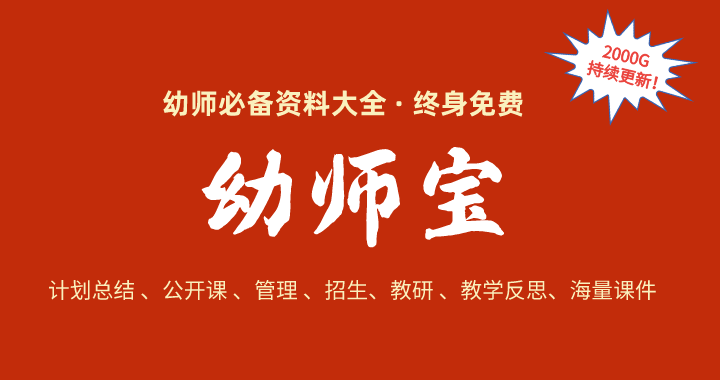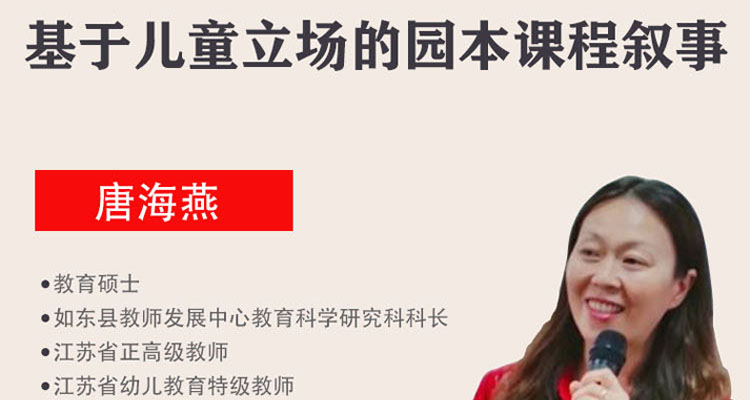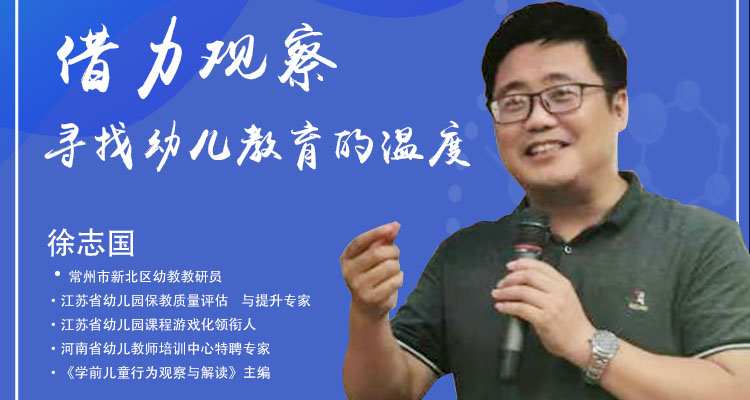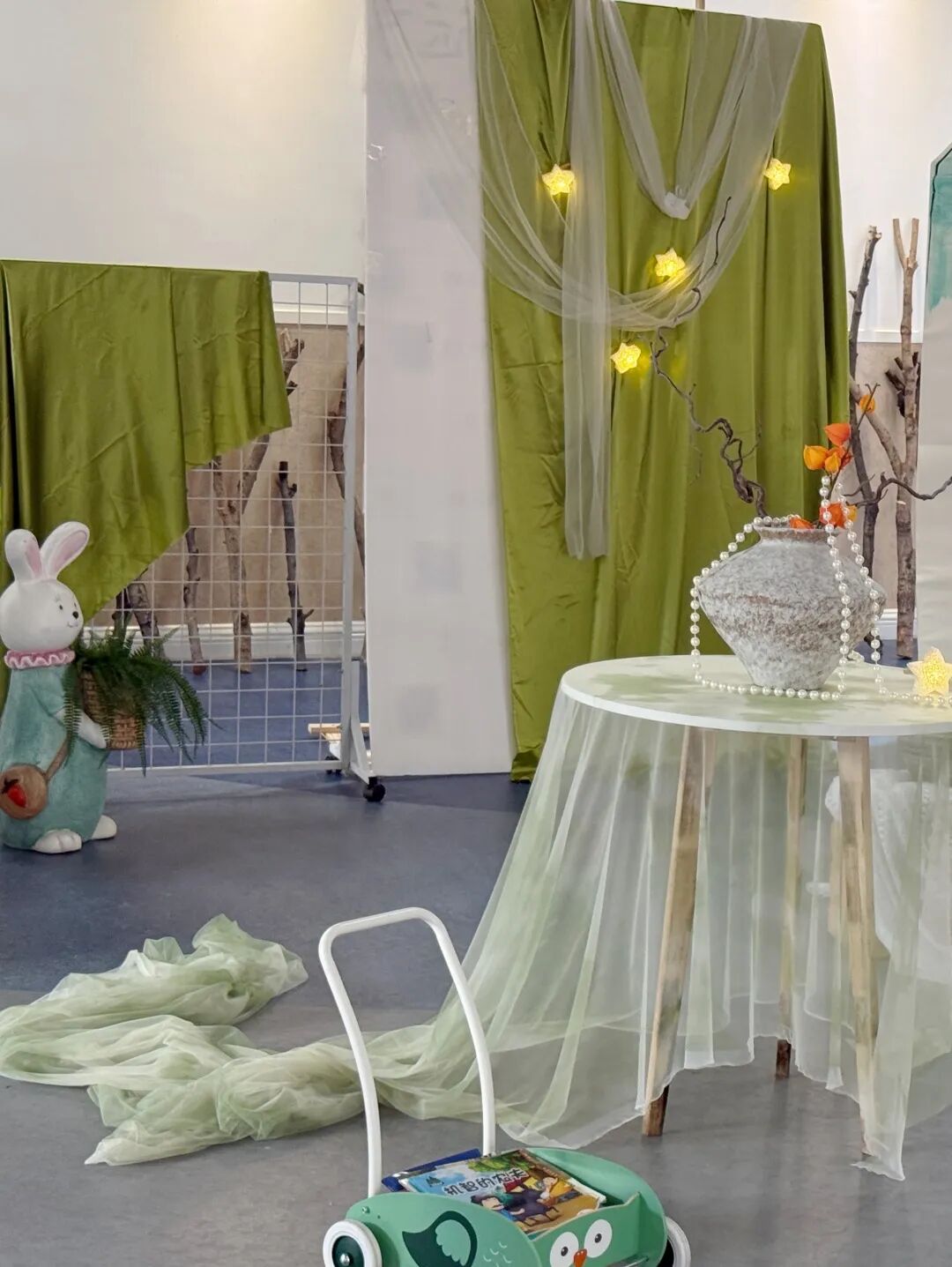让每个孩子成为心智自由的个体,终身的学习者和积极的创新者,是教育的最终美好愿景。
Making every child an intelligent and thoughtful individual, a lifelong learner and an active innovator is the ultimate beautiful vision of education.
奥地利心理学家、哲学家弗洛伊德曾说:“精神健康的人,总是努力的工作及爱人,只要能做到这两件事,其他的是就没什么困难。” 可见,精神健康、有解决问题的能力和行为效能,有爱的能力和品质是一个心智自由、向阳而生的个体的幸福福祉和舒适状态。
智能时代需要在新情景中具备解决问题能力的创新者和心智自由的终身学习者。芬兰政府在2014年《基础教育国家核心课程大纲》(National Core Curriculum for Basic Education)中提出了新学习本质的学习观:学生是积极的学习者,唯有帮助他们成为自我学习者(自己设定目标、掌握学习策略、反思学习)并让他们体会到学习的乐趣,才能让他们成为终身的学习者,因为学习不是仅仅在学校的一段时间,而是为了自己的终身发展。适应环境,拥有对生活和学习的热爱,拥有解决问题的能力和勇气,有自己的价值准则和独立人格,精神丰盈,富有想象力和创造力,将学习所得用于创造更丰沛的人生和更美好的世界,让每个孩子成为心智自由的个体,终身的学习者和积极的创新者,是教育的最终美好愿景。
Sigmund Freud once said: “Mentally healthy people always work hard & love people, and as long as they can do those two things, the rest is nothing difficult.”
It is evident that mental health, problem solving ability and action effectiveness, ability to love and personality qualities are the happy well-being and comfortable state of an intelligent and thoughtful, positive and optimistic individual. The intelligent age of innovation requires innovators with problem-solving skills in new scenarios and lifelong learners who are thoughtful, intelligent and independent.
为理解而教
理解幼儿项目化学习的背景意义
Teaching for Understanding
Understanding the Contextual Significance of Project-Based Learning for Young Children
问题驱动
调动全脑参与,激活多种联系
?The brain is active and multiple connections are linked
蜜蜂酒店项目剪影
项目的开启
“拯救蜜蜂”这个主题源自小D班教师和孩子们在一个偶然事件中的发现,将兴趣点聚焦在自然环境里,蜜蜂在困境中的问题解决。当孩子们在幼儿园大厅发现了一只死亡的蜜蜂,展开了为什么蜜蜂死亡了,蜜蜂消失了,于是他们决定发起一场拯救蜜蜂的计划。我们的孩子们开始了解并找出导致蜜蜂消失(或死亡)的问题,并希望找到他们认为可以参与的解决方案。
When the children found a dead bee in the kindergarten hall, they began to understand why the bee had died and disappeared, and decided to start a program to save the bee. Our children set out to understand and find out what caused the bee to disappear (or die) and hopefully find a solution that they thought they could be a part of.
用高阶学习带动低阶学习
让幼儿经历有意义的学习实践
Engaging Young Children in Meaningful Learning Practices
食物的储存项目剪影
How to preserve food—at a glance
项目虽然结束了,孩子们表示在日常生活中不能及时吃光的食物,他们一定会尝试各种方法将食物保存下来。的确,项目式学习最重要的就是要把学到的知识技能应用到实践中。
让我们一起感恩大地的馈赠,珍惜食物吧~
Although the project was over, the children said that they would definitely try various ways to save the food that they could not eat up in time in their daily life. Indeed, the most important thing about project-based learning is to apply the knowledge and skills learned into practice.
Let’s show our gratitude for the gifts of the earth and cherish food together~
学习素养视角
学习素养视角下的项目化学习
Project-based Learning In the Perspective of Quality Education
双语 请左右滑动→
秋日宴会剪影
Fall Theme Feast–At a Glance
很难想象一个没有经历过真实的玩耍的孩子,没有被真实问题困扰过的孩子,没有体验过生命快乐奔放,思维自由的孩子,可以在长大后成为一个具有自由心智的人(夏雪梅,2018)。
项目化学习走向深度理解和探究,让幼儿心智和素养得以生长!
It is hard to imagine that a child who has not experienced real play, who has not been plagued by real problems, who has not experienced the joyful exuberance of life and the freedom of thinking, can grow up to be a person with wisdom and flexible thinking (Xuemei Xia, 2018).
Project-based learning pedagogy helps us to move towards a deeper understanding and inquiry about education that promotes the development of young children’s minds, abilities and personality qualities!
精彩回顾











